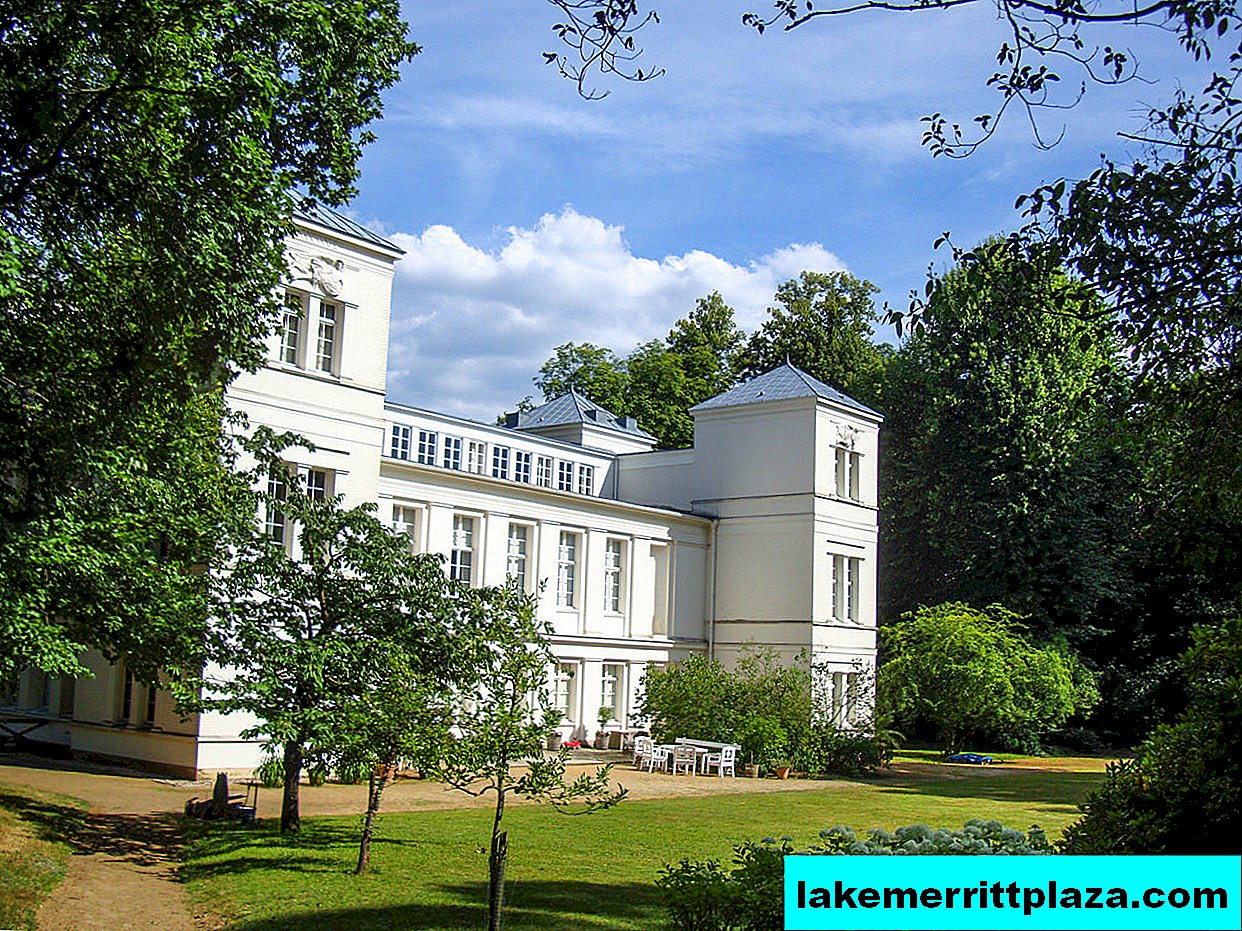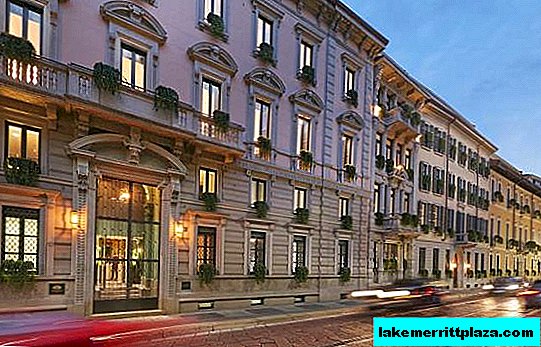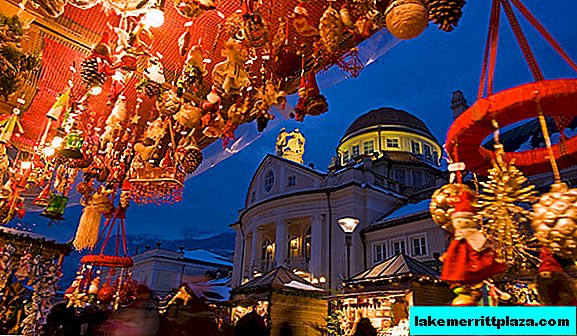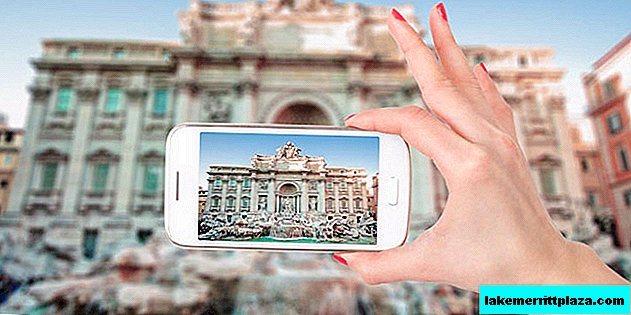The Fountain of the Four Rivers (Fontana Dei Quattro Fiumi) is located in Rome (Roma) on Piazza Navona and is considered one of the most beautiful fountains in Italy. The fountain was created by Giovanni Lorenzo Bernini, a genius of the Baroque era.
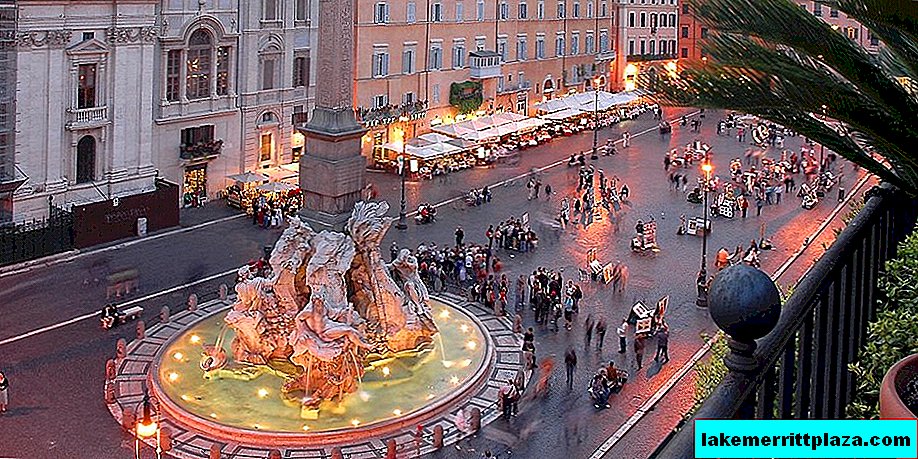
History of creation
In the middle of the 17th century, the construction of the Palazzo Pamphilj was completed at Piazza Navona. Innocent X, the Pope (Papa Innocenzo X), the head of the Pamphili family decided to erect an obelisk with a dove and an olive branch at the top next to the family estate. Around the obelisk was planned to build a fountain.
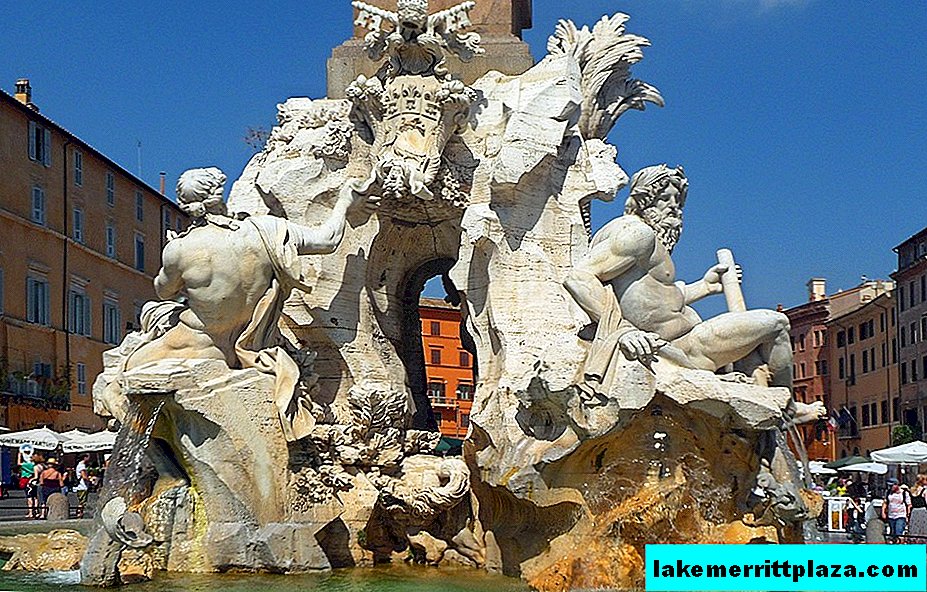
A competition was announced - a tender for the best architectural project, to which Bernini was not allowed. At that time, the architect led the construction of bell towers on the facade of St. Peter's Basilica (Basilica di San Pietro). Cracks appeared in the towers, and due to financial problems, construction work was stopped and the belfries were demolished. And although the investigation proved Bernini's innocence, his reputation was undermined. The victory was practically in the hands of Francesco Borromini, also a great architect and favorite of the new Pope, but fate decreed otherwise.
The master nevertheless made the layout, and Bernini’s patron, husband of Innocent X’s niece, brought a silver model of the fountain one and a half meters high to the papa’s dining room. He was stunned by the beauty of the architectural layout. The competition was canceled and Giovanni Lorenzo set about building a masterpiece.
According to the second more interesting version, Olimpia Maidalchini, better known as Donna Olimpia (in Rome there is even a street named after her), who was married to Pamfilio Pamphili, Innocent X's brother and was his mistress, influenced the decision of the pope.
In any case, in this episode of his career, Bernini’s skill in breaking through government orders and negotiating with people, even in the most unfavorable periods of his career, showed itself in all its glory.
Description
A 16.5-meter obelisk dates from the 1st century. AD, he was brought to Rome by the emperor Caracalla (L'imperatore Caracalla) from Egypt. The edges of the obelisk are decorated with images of the rulers of Rome, dressed as pharaohs. This is a symbol of the superiority of the Christian faith over paganism.
The composition of the fountain - the gods of the four great rivers of that time - the Danube (il Danubio), Ganga (il Gange), La Plata (il Rio della Plata) and the Nile (il Nilo) - which represent parts of the world. The sculpture material is white marble.
God-Nile has a closed face and there are two options for such an architectural solution. According to the first, the architect thus showed disrespect to his rival Borromini. Opposite the statue of the Nile stands his creation - the church of Sant Agnese (S.Agnese in Agone). Bernini allegedly claimed that under the gaze of the Nile, the church would collapse. The second theory is that at the time of the creation of the fountain the source of the river was not known.
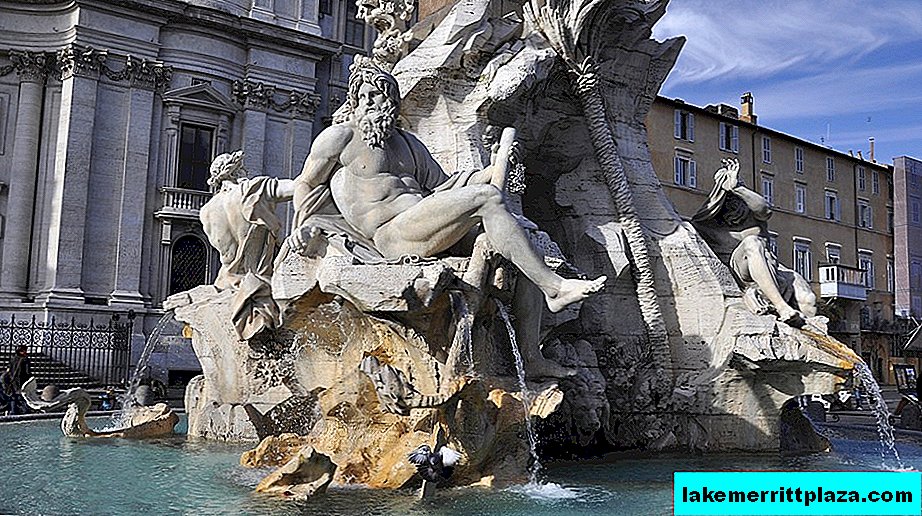
The Danube holds a scroll with carved emblems of the papacy and the heraldic symbols of the Pamphili family. Under the statue of La Plata, coins lie as a symbol of America's prosperity. The Ganges holds the paddle as a symbol of India's advanced navigation.
The statues of the gods are supplemented surrounded by representatives of the plant and animal worlds of those countries that they personify. The horse seems to be jumping out of a block of marble onto the floral plains of the Danube. Cacti and crocodiles crown the mouth of La Plata. On the east side, a lion drinks water at the roots of an African palm. A dragon wrapped itself around the oars of the Ganges, while a dolphin and sea serpent swim in the fountain pool. The top of the obelisk is decorated with a dove, which holds in its beak a branch of an olive tree - another symbol of the genus Pamphili.
Lorenzo Bernini not only conveyed the landscapes of the continents, but also recreated weather phenomena - you can notice how the wind shakes the palm leaves between the Ganges and the Nile.
The fountain has a peculiarity - it lacks the smooth lines characteristic of Bernini's hand. Experts believe that the great master only painted the sculpture, and his students embodied the creation in life.
Water in the fountain comes from the ancient aqueduct of Aqua Virgo (Acqua Vergine), which also feeds the Trevi Fountain (Fontana di Trevi) and the Barkaccia Fountain (Fontana della Barcaccia).
In addition to the marble grandeur of the Gods, tourists are drawn to the fountain to look at the many street artists. The fountain of four rivers literally attracts artists, musicians and mimes. And on Christmas festivals a fair is organized.
How to get there
The closest metro stations to Piazza Navona are Barberini (line A) and Ottaviano (near the Vatican Museums)but they are quite far from the square.
You can get from the subway by bus. From Colosseo Station on line B, take bus 87. From Termini stop on line A, take route 70.
Bus No. 492 is traveling from Piazza Barberini. Also, routes No. 30, 81, 116 and 628 run along the square.



